For your marketing to dominate, you need content. However, it’s more complicated than just saying “We should create content.”
Content creation is a complex process involving a number of people, a number of stages, and a lot of intricate planning. Ultimately, you need to figure out what types of content your audiences need to be exposed to and deliver it to them through the right combination of vehicles and programs.
By setting strategic goals for your content, you are building the framework for creating effective content marketing.
[hr style=”3″ margin=”40px 0px 40px 0px”]
1. Define your target audience.
To succeed as a marketer, you need sharp focus. Most content should be created for targeted (not mass) impressions and engagement. You need to concentrate your efforts to have the most success, and this means focusing your content to customer segments.
There are many techniques for segmenting your potential customers. One useful approaches is to look at all of your customers and then zero in on one or two segments. Once you have identified your target audience segments, you can tailor your content campaign to them.
[box]
Protip:
Don’t always try to target segments on your own. You have resources at your disposal that can provide with helpful insights. Communicating with your sales team or subject matter experts can help you identify key audience segments with a high buying potential to focus your content around.
[/box]
Audience segments may be big or small according to your content campaign, but identifying the right audience for your content is critical.
[hr style=”3″ margin=”40px 0px 40px 0px”]
2. Set clear conversion goals for your campaigns.
Once you have a clear understanding of your target audience, what they care about, and the steps along their buying journey, you need to decide what actions you want them to take. Ultimately you want to convert your prospects into sales, but the way to make that happen is by getting them to take a series of much smaller actions.
These smaller actions collectively help propel your prospects through the buyer journey, and they are immensely important to determining what your campaigns are set up to do. Each action a prospect takes is a conversion, and you should set a conversion goal for your audience based on the content you have delivered to them.
For example, your goal might be to get your prospects to:
[one_half]
-
- Click through to a landing page from an email.
- Spend a certain amount of time on your website.
- Visit a certain number of pages on your website.
- Watch one of your YouTube videos.
- Fill out a contact form.
[/one_half]
[one_half_last]
- Sign up for your email list or newsletter.
- Download your ebook or case study.
- Call one of your sales representatives.
- Sign up for a free trial.
- Attend your event.
- Request a consultation.
- Share your content on social media.
[/one_half_last]
While a conversion may not necessarily result directly in a sale (though some will), each is a touch point with your audience that will collectively move them through your sales lifecycle over time.
Establishing clear conversion goals creates a framework for evaluating how effective your content is by measuring those conversions.
[hr style=”3″ margin=”40px 0px 40px 0px”]
3. Deliver the right content through the right channels.
Another important aspect of your content strategy is delivering the right content to the right audience. There are several ways you can do this. You might create content in the form of blog posts, whitepapers, infographics, or video. Then you have to contact them through the right channels, such as email campaigns, social media, search engines, banner ads, remarketing, or through word of mouth.
You have to create the right content for your audience for your marketing to be effective. For instance, owner-operators might read a whitepaper about lowering fuel costs, but not about headlights. For an aftermarket manufacturer of headlights marketing to owner operators, videos, blogs, and infographics are more effective forms of content.
There are numerous vehicles and programs you can utilize to make contact with your audience. There are a few things you need to remember at this stage:
- Always consider your buyer and their context when selecting the channels you will use to contact your audience.
- Your channels must be effective enough to drive the desired conversion.
- Just because a channel is more expensive or less expensive doesn’t mean it is better. Evaluate each channel’s effectiveness for reaching your audience.
- Plan on using multiple points of contact with buyers through multiple channels. Not every prospect converts at first contact.
Finding the right channels to contact your audience is just as important as creating the right content that reflects your understanding of them.
Now is a good time to take stock of your existing content marketing and whether it can help you meet your goals. You are now armed with an understanding of where your content marketing currently stands, as well as a clear picture of where it needs to be. Now, you can develop specific, actionable goals to bridge the gap and improve your content marketing.
[hs_action id=”7855″]



